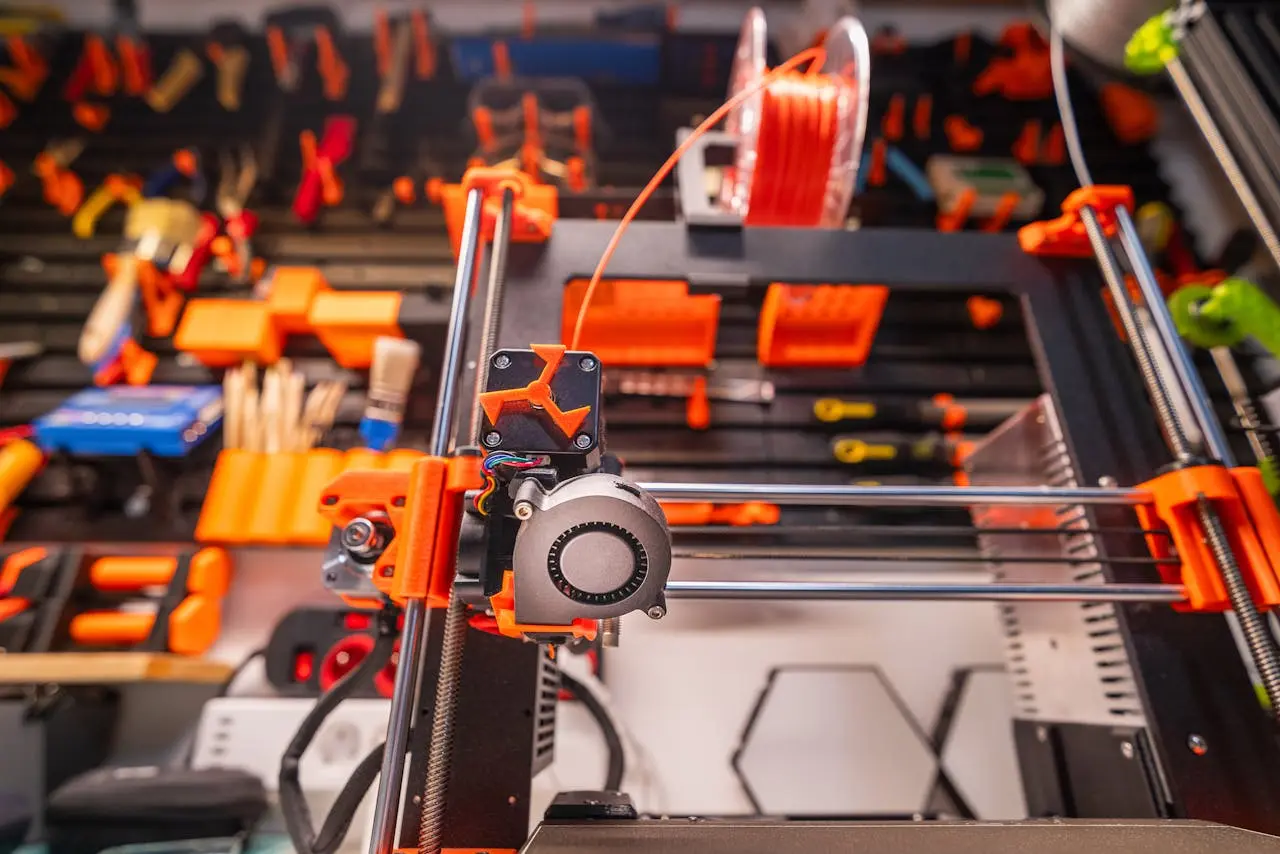Why Tree Supports Can Make Your 3D Prints More Efficient

As 3D printing continues to push the ever-expanding capabilities of slicing software, the choice of support structures has become a critical consideration. In this article, we'll delve into the realm of supports in 3D printing, with a spotlight on the benefits of tree supports over traditional scaffolding. While tree supports offer numerous advantages, we'll also discuss scenarios where traditional supports may still hold their ground.
- The Evolution of Support Structures: Support structures have come a long way since the early days of 3D printing. Traditional scaffolding, though effective, has its limitations. Enter tree supports—a sophisticated alternative designed to overcome the challenges associated with material wastage, post-processing efforts, and accessibility.
- Minimizing Material Usage: One of the primary advantages of tree supports lies in their ability to minimize material usage. Unlike traditional scaffolding that covers large areas, tree supports strategically branch out to support only essential sections of the print. This not only reduces filament consumption but also contributes to faster print times.
- Effortless Post-Processing: Post-processing can be a time-consuming task, especially when dealing with intricate support structures. Tree supports simplify this process by offering a more delicate and easily detachable structure. The reduced contact points result in a cleaner separation, reducing the need for extensive cleanup.
- Enhanced Accessibility to Complex Geometries: Tree supports excel in reaching intricate areas of a 3D print that may be challenging for traditional supports. Their slender and adaptive design ensures accessibility to overhangs, fine details, and complex geometries, allowing for a more precise and detailed final print.
- Improving Surface Finish: The impact of support structures on the surface finish of a print is significant. Tree supports, with their reduced contact points, contribute to a smoother finish, minimizing visible imperfections. This is particularly beneficial when aiming for high-quality prints with fine details.
- Customization for Optimal Performance: Many slicing software platforms offer customization options for tree supports. Users can adjust parameters such as branch thickness, spacing, and density to fine-tune the supports based on the specific requirements of their prints. This level of control empowers users to optimize performance for each project.
- When Traditional Supports Shine: While tree supports offer a plethora of benefits, there are scenarios where traditional scaffolding might be preferable. For example, when printing large, flat surfaces with minimal overhangs, traditional supports can provide stable and straightforward reinforcement without the need for intricate branching.
- Navigating the Waters of 3D Printing: In the dynamic landscape of 3D printing, the choice between tree supports and traditional scaffolding is akin to navigating uncharted waters. While tree supports bring efficiency, reduced waste, and enhanced print quality, it's essential to assess each project's unique requirements to determine the most suitable support structure.
Tree supports have emerged as a game-changer in the 3D printing arena, offering a balance between efficiency and print quality. The benefits of reduced material usage, effortless post-processing, and enhanced accessibility to complex geometries make them a go-to choice for many enthusiasts. However, acknowledging the strengths of traditional supports in specific scenarios emphasizes the importance of versatility in the 3D printing toolkit. As technology advances and users continue to push the boundaries of what's achievable, the choice between tree supports and traditional scaffolding will remain a key consideration in the pursuit of perfect prints.


.jpg)